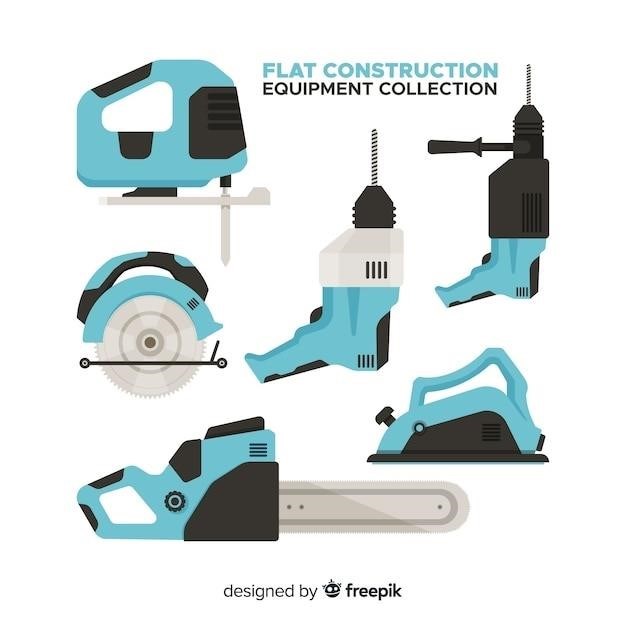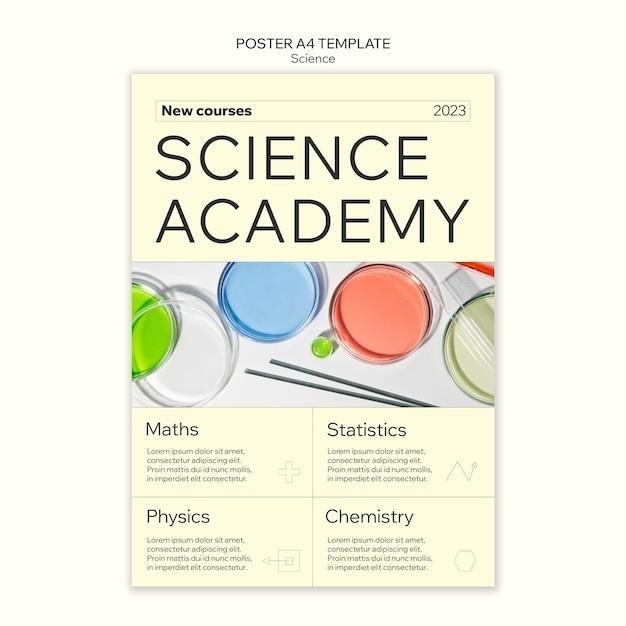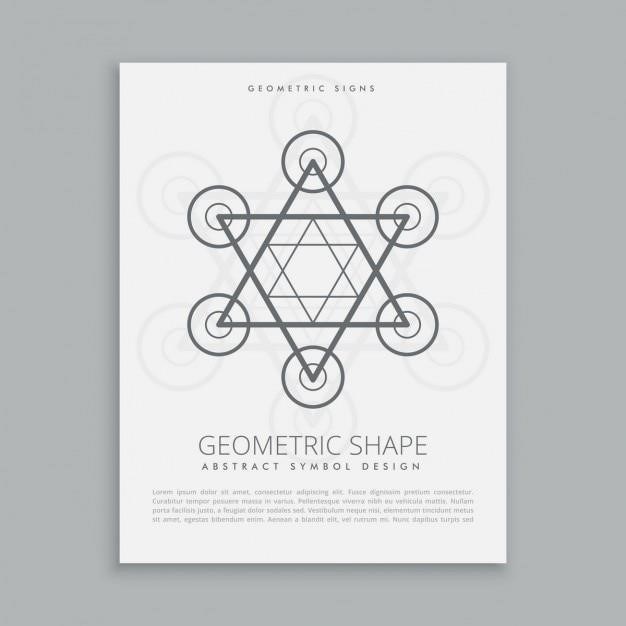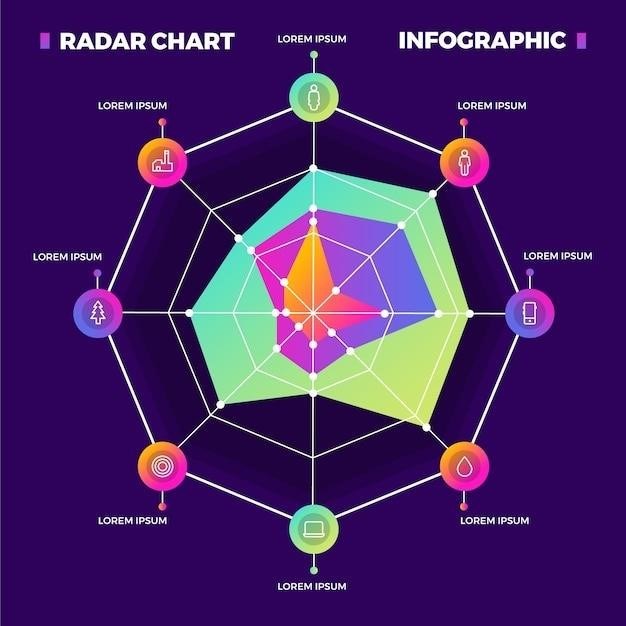Finding Tim Keller Sermons in PDF Format
Finding Tim Keller sermons specifically in PDF format can be challenging․ His official website may offer some downloads‚ but many sermons are primarily available via audio or video recordings․ Third-party sites might offer PDFs‚ but verify legitimacy and copyright before downloading․
Official Tim Keller Website
The official website for Timothy Keller‚ Redeemer Presbyterian Church‚ and Redeemer City to City is the primary source to check for sermons․ While a comprehensive collection of PDFs might not exist‚ the site likely offers some sermons in downloadable formats‚ perhaps audio or video files․ It’s worth exploring their resources section thoroughly․ Look for sermon series or individual messages available for download․ Remember to check the terms of use for any downloaded material‚ respecting copyright restrictions․ The site may offer links to podcasts or other platforms where his sermons are accessible․ Direct PDF downloads might be limited‚ but the official site remains the best starting point for accessing his teachings․
Third-Party Resources and Aggregators
Numerous third-party websites and online platforms may offer Tim Keller sermons․ However‚ exercise caution when using these resources․ Always verify the legitimacy of the site and ensure the sermons are not illegally copied or distributed․ Some sites may offer transcripts or unauthorized PDFs‚ potentially violating copyright․ Before downloading anything from an unofficial source‚ check for copyright information and respect intellectual property rights․ Reliable sources often link back to official channels‚ providing a clear trail of origin․ Proceed with caution and prioritize obtaining sermons from trustworthy and verifiable sources to avoid legal issues or accessing inaccurate content․
Podcasts Featuring Tim Keller Sermons
Many podcasts feature sermons by Tim Keller․ These podcasts often provide audio recordings of his sermons‚ which may or may not have accompanying transcripts or PDFs․ While you may not find direct PDF downloads of the sermons themselves‚ some podcasts might offer show notes with links to related resources or supplementary materials․ Searching podcast directories like Apple Podcasts‚ Spotify‚ or others using keywords such as “Tim Keller” or “Redeemer Presbyterian” will yield results․ Remember that podcast content is usually audio-based; PDFs are less common․ Check individual podcast episode descriptions for details on available resources․

Content and Themes in Tim Keller Sermons
Keller’s sermons blend insightful biblical interpretation with contemporary relevance․ He often addresses complex theological themes‚ emphasizing grace‚ faith‚ and the Gospel’s application to daily life․ His preaching style is known for clarity and intellectual depth․
Common Biblical References and Interpretations
While Tim Keller draws from the entire Bible‚ his sermons frequently reference key passages from the Gospels‚ particularly the teachings of Jesus․ He often delves into the Old Testament‚ especially the Psalms and prophetic books‚ connecting them to contemporary issues․ Keller’s interpretations emphasize the historical-cultural context of the scriptures and their relevance to modern life․ He is known for his careful exegesis and his commitment to understanding the original meaning of the text․ His approach avoids simplistic readings‚ instead encouraging deeper engagement with scripture’s complexities․ He masterfully weaves together Old and New Testament themes‚ illustrating the overarching narrative of God’s plan for humanity․ This approach makes his sermons rich in theological depth and readily applicable to a broad spectrum of life experiences․ The English Standard Version (ESV) is frequently cited in his work‚ reflecting his preference for a translation known for its accuracy and clarity․
Recurring Theological Themes
Several key theological themes consistently emerge in Tim Keller’s sermons․ The centrality of the Gospel message of salvation through faith in Jesus Christ is paramount․ He frequently explores the nature of God‚ emphasizing God’s love‚ justice‚ and holiness․ Keller often addresses the tension between grace and law‚ highlighting the importance of both in Christian life․ He explores the implications of the Christian faith for social justice and cultural engagement․ The integration of faith and reason is another recurring theme‚ as Keller seeks to bridge the gap between intellectual inquiry and spiritual belief․ Furthermore‚ the importance of community and the local church are emphasized․ His sermons often grapple with the complexities of human existence‚ exploring issues of suffering‚ doubt‚ and the search for meaning․ These recurring themes form the backbone of his rich and multifaceted theological perspective․
Keller’s Preaching Style and Approach
Tim Keller’s preaching style is known for its intellectual rigor and accessibility․ He masterfully combines theological depth with clear‚ relatable language‚ making complex ideas understandable to a broad audience․ Keller often employs a conversational tone‚ engaging listeners through storytelling and personal anecdotes․ He skillfully addresses contemporary issues and cultural questions‚ demonstrating the relevance of Christian faith to modern life․ His approach is marked by a thoughtful‚ reasoned presentation of biblical truths‚ often addressing counterarguments and objections․ He doesn’t shy away from difficult topics‚ but always grounds his teachings in Scripture and historical context․ This combination of intellectual honesty and pastoral care is central to Keller’s distinctive and widely appreciated preaching style․

Accessing Tim Keller’s Sermons⁚ Methods and Considerations
Explore official sources like Redeemer Presbyterian Church’s website and podcast platforms․ Many sermons are available as audio or video; PDF availability is less common․ Always respect copyright and usage rights․
Official Download Options (if available)
Direct PDF downloads of Tim Keller sermons from official sources are unfortunately rare․ While his official website‚ along with those of Redeemer Presbyterian Church and Redeemer City to City‚ offer extensive resources including audio and video sermons‚ readily available PDF versions are less common․ Check the websites thoroughly‚ as occasional PDFs might be offered for specific sermons or series․ If not directly downloadable‚ consider checking for transcripts or written versions that could be converted to PDF format․ Remember that any such conversion should respect copyright laws․ Always prioritize official channels to ensure authenticity and legal compliance when accessing Tim Keller’s material․
Utilizing Podcast Platforms
Many podcast platforms host recordings of Tim Keller’s sermons․ While these are typically audio-only‚ some podcasts might provide show notes or transcripts․ These transcripts‚ often found on the podcast’s website or in the podcast app itself‚ could be saved and converted into PDF format․ However‚ the availability of transcripts varies widely depending on the specific podcast and episode․ Popular podcast apps like Apple Podcasts‚ Spotify‚ and others frequently feature Tim Keller sermons through various series such as “Gospel in Life․” Remember to always respect copyright restrictions when utilizing material obtained from podcasts․ Check for licensing information before converting any transcripts to PDF format․
Exploring Sermon Archives and Libraries
Several online sermon archives and digital libraries may contain Tim Keller sermons‚ though the format isn’t guaranteed to be PDF․ Sites dedicated to Christian resources often house extensive sermon collections․ Searching these archives using keywords like “Tim Keller sermons‚” “Redeemer Presbyterian Church sermons‚” or specific sermon titles might yield results․ Be aware that the quality and legality of content on these platforms vary․ Always check for official sources and copyright information before downloading or distributing any sermons․ Some larger Christian organizations maintain extensive sermon databases‚ potentially offering downloads or links to sermons in various formats‚ including PDFs‚ but this is not universally guaranteed․
Legal and Ethical Considerations
Respect copyright restrictions․ Unauthorized distribution or reproduction of Tim Keller’s sermons is illegal․ Always seek permission before using his material for commercial purposes or wide distribution․
Copyright and Usage Rights
Copyright law protects Tim Keller’s sermons․ Downloading or sharing them without permission infringes these rights․ While some platforms might offer free access‚ using sermons for profit or large-scale distribution requires explicit authorization․ Check the terms of service on any website offering his material․ Respecting intellectual property is crucial; unlicensed use can lead to legal repercussions for both individuals and organizations․ If you wish to use a sermon in a public setting‚ always confirm the copyright holder’s policies and obtain necessary permissions․ Fair use exceptions exist‚ but they have strict limitations‚ making prior authorization the safest course of action․
Respecting Intellectual Property
Respecting Tim Keller’s intellectual property rights is paramount․ His sermons‚ a product of years of theological study and pastoral work‚ are protected by copyright․ Unauthorized distribution‚ reproduction‚ or modification constitutes infringement‚ potentially leading to legal action․ Even sharing his sermons freely online without permission violates copyright․ Responsible engagement involves acknowledging his authorship‚ citing sources appropriately‚ and refraining from commercial use unless explicitly authorized․ Consider the labor and creativity invested in his work; respect for intellectual property reflects ethical conduct and supports the creation of future valuable content․






















